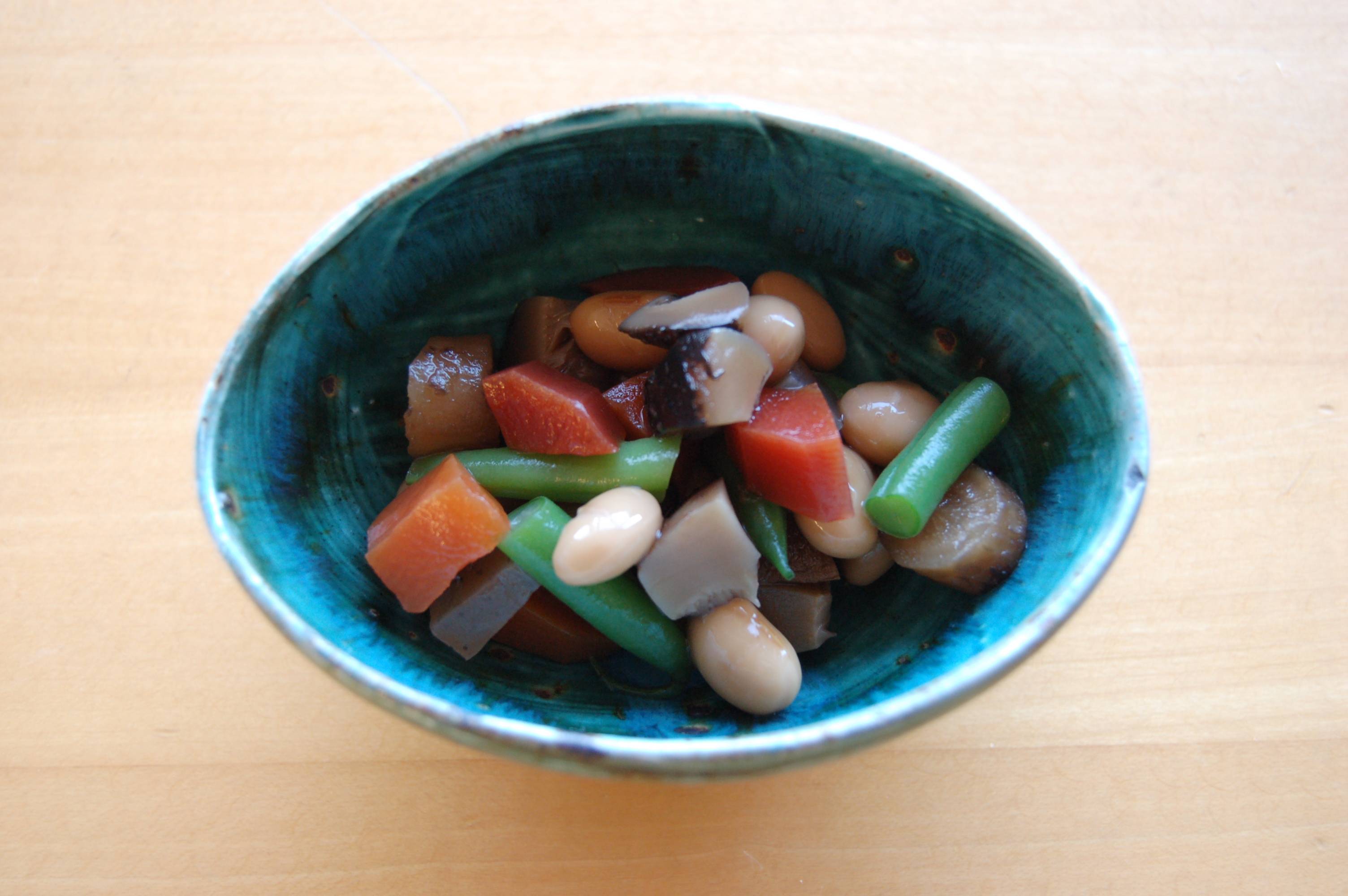In Japanese, setsubun refers to the day before each new season begins. Although this happens four times a year, only Feb. 3 — the start of the new year according to the ancient lunar-based koyomi calendar — is celebrated as a full-fledged holiday.
In many other parts of Asia, Setsubun and New Year’s are interchangable, but Japan has treated them as separate ever since 1873, when the country first officially began using the Gregorian calendar.
It may seem odd to those not brought up in Japan, but for many Japanese, Setsubun is a cherished childhood memory. Yelling “Oni wa soto!” (“Out with demons!”) while pelting schoolteachers and parents pretending to be demons with dry-roasted soybeans is done in good-natured fun.



